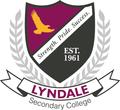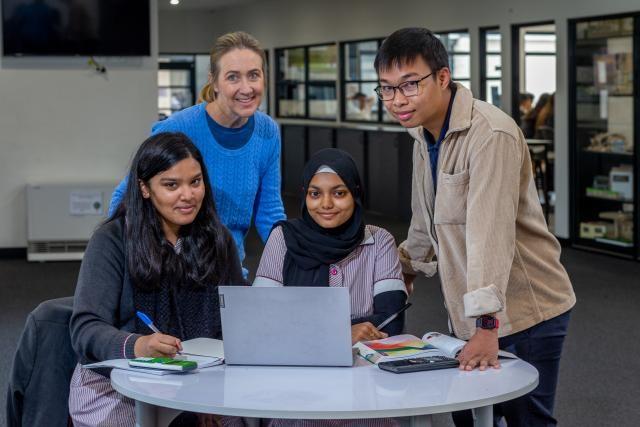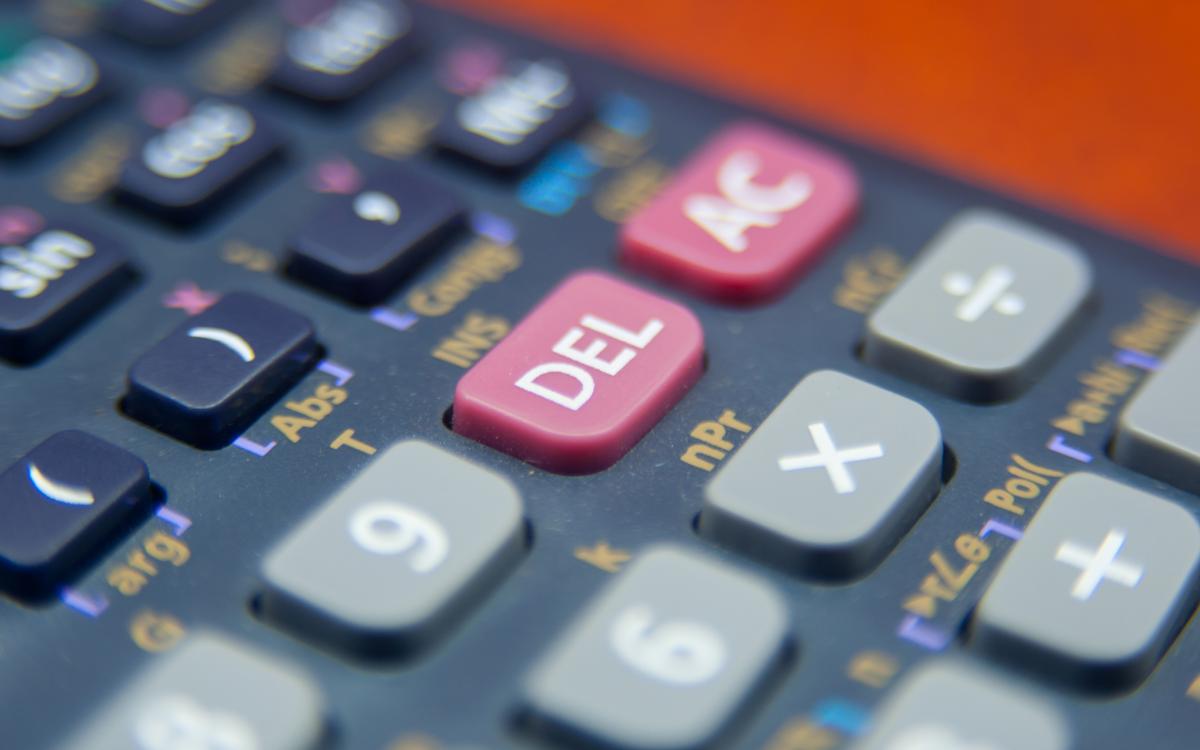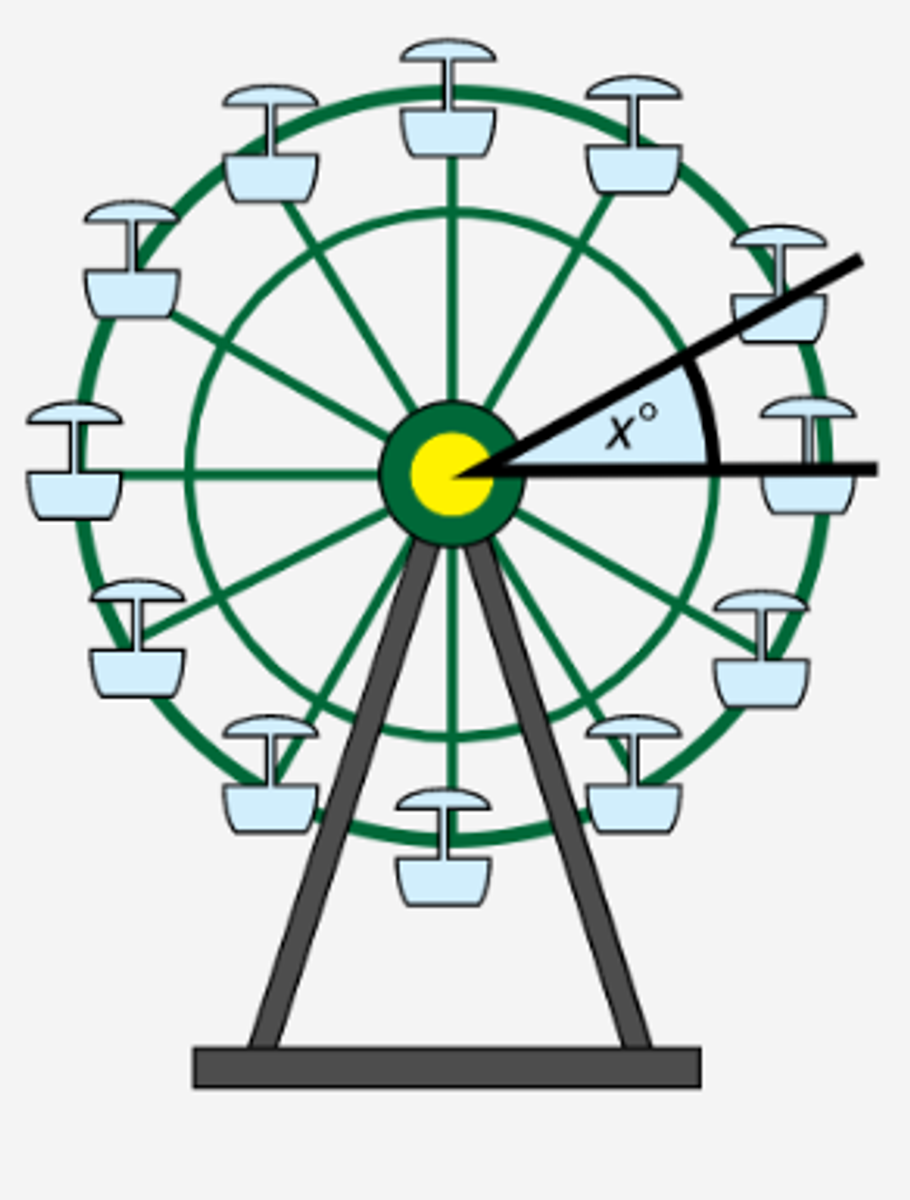Maths/Numeracy

Class 8MAD Mangahigh Achievement
At Lyndale, students across all year levels can use Mangahigh as a game-based learning platform for mathematics. On Mangahigh, students complete activities to earn medals; bronze, silver or gold. Earning medals is the way that students show teachers that they have reached minimum standards in their understanding of the concept covered by that activity.
Congratulations to our Top 5 Students from Class 8D who have attained an impressive number of medals throughout the whole year! Keep up the great work.
- Harshika Thavanesan: 63 medals (56 Gold, 3 Silver, 4 Bronze)
- Eshlyn Kumar: 62 medals (30 Gold, 10 Silver, 22 Bronze)
- Swaroj Kartha: 47 medals (13 Gold, 9 Silver, 25 Bronze)
- Anderson Liew: 45 medals (10 Gold, 3 Silver, 32 Bronze)
- Fatima Kobeissi: 42 medals (19 Gold, 6 Silver, 17 Bronze)
Thank you to Numeracy Intervention Tutors
At Lyndale SC, our Year 7 - 10 students can benefit from additional numeracy support based on previous achievement data and other measures of numeracy progress. We provided this support through the Department of Education and Training’s Tutor Learning Initiative (TLI) and Middle Years Literacy and Numeracy Support (MYLNS). A student identified for support was placed in the numeracy intervention program where a numeracy tutor was able to provide them with support once a week (75 minutes per session).
We were pleased to have many of our past high-achieving students join as tutors for our numeracy intervention team. We thank you for your time, dedication, and effort throughout the year!
- Visothpong Chhoam
- Sandrup Sasikumar
- Iffat Abbsar
- Sandra Joshy
Calculators for 2023
ALL STUDENTS MUST HAVE A CALCULATOR AND MUST BE BROUGHT TO EVERY LESSON.
The following calculators are required for Year 7 – 12 students:
- Year 7 – 9 and Year 10 Maths Core C: Texas Scientific TI-30XB Multiview
- Year 10 Maths Core A/B and VCE General/Further, Maths Methods and Specialist Maths:
TI-Nspire CX II Calculator
VCE Maths students must have a CAS calculator to successfully demonstrate Outcome 3:
On completion of this unit the student should be able to apply computational thinking and use numerical, graphical, symbolic and statistical functionalities of technology to develop mathematical ideas, produce results and carry out analysis in situations requiring investigative, modelling or problem-solving techniques or approaches.
If you have any questions, please contact the Director of Mathematics:
Jennifer Ramus
Jennifer.Ramus@education.vic.gov.au
Grapple Questions
In Term 4, students engaged in 10-minute skill starters at the start of each maths lesson. Skills were identified by 2022 and 201 NAPLAN data and provided as “Grapple problems”
Here are some examples of Grapple problems used in Year 7 – 9 maths classes:
Oliver, Neil and Elizabeth each measure the heights of their tomato plants.
Oliver’s plant is 45 centimetres tall.
Neil’s plant is 0.38 metres tall.
Elizabeth’s plant is 420 millimetres tall.
Who has the tallest plant?
In 2018, the population of Beijing was approximately 22 million people.
In 2018, the population of Whyalla was approximately 0.022 million people.
How many times as large as the population of Whyalla was the population of Beijing?
A Ferris wheel has 12 metal rods.
They are equally spaced around its circumference and meet at the centre.
The angle between the centres of two of these rods is marked by X on the diagram.
What is the value of X?
The Grapple problem structure:
Opening: The class reads the question and discusses:
- What information is given?
- What is the question asking you to find out?
Students think about the problem (4 minutes): Students should spend this time silently working on the problem. They should write down their thoughts and what parts of the problems.
Talking with a partner (2 minutes): Discuss: What did you try? What information did you use? Did you have different approaches?
Sharing your ideas in groups (4 minutes): Discuss: What strategies did you try? Did anyone have similar strategies? How were they different? Was there something you all struggled with?
Closing: The teacher presents the answer, thinking and solution. Students are asked if any had the same solution and how they reached their answer. The teacher finishes by asking “which of these methods is the most efficient.” And reaching a consensus as a class.
Karen Huynh
Maths and Numeracy Teacher



